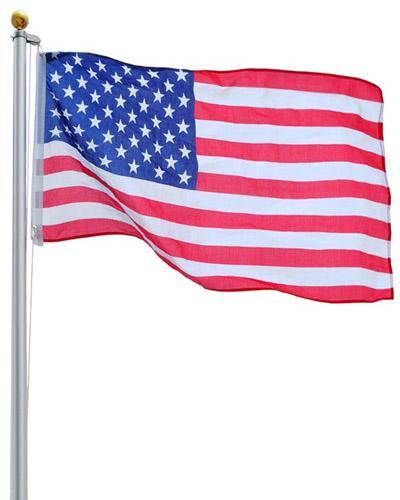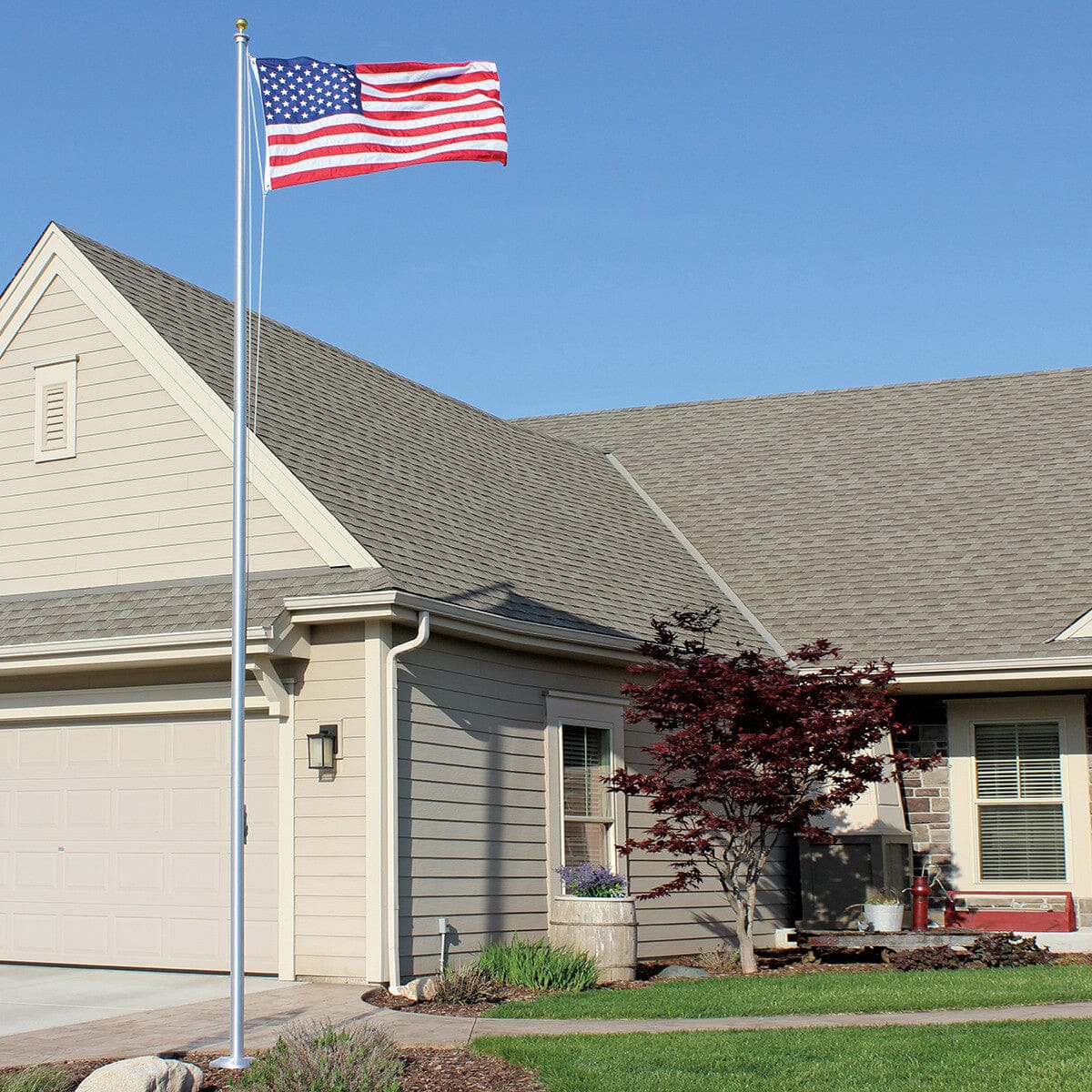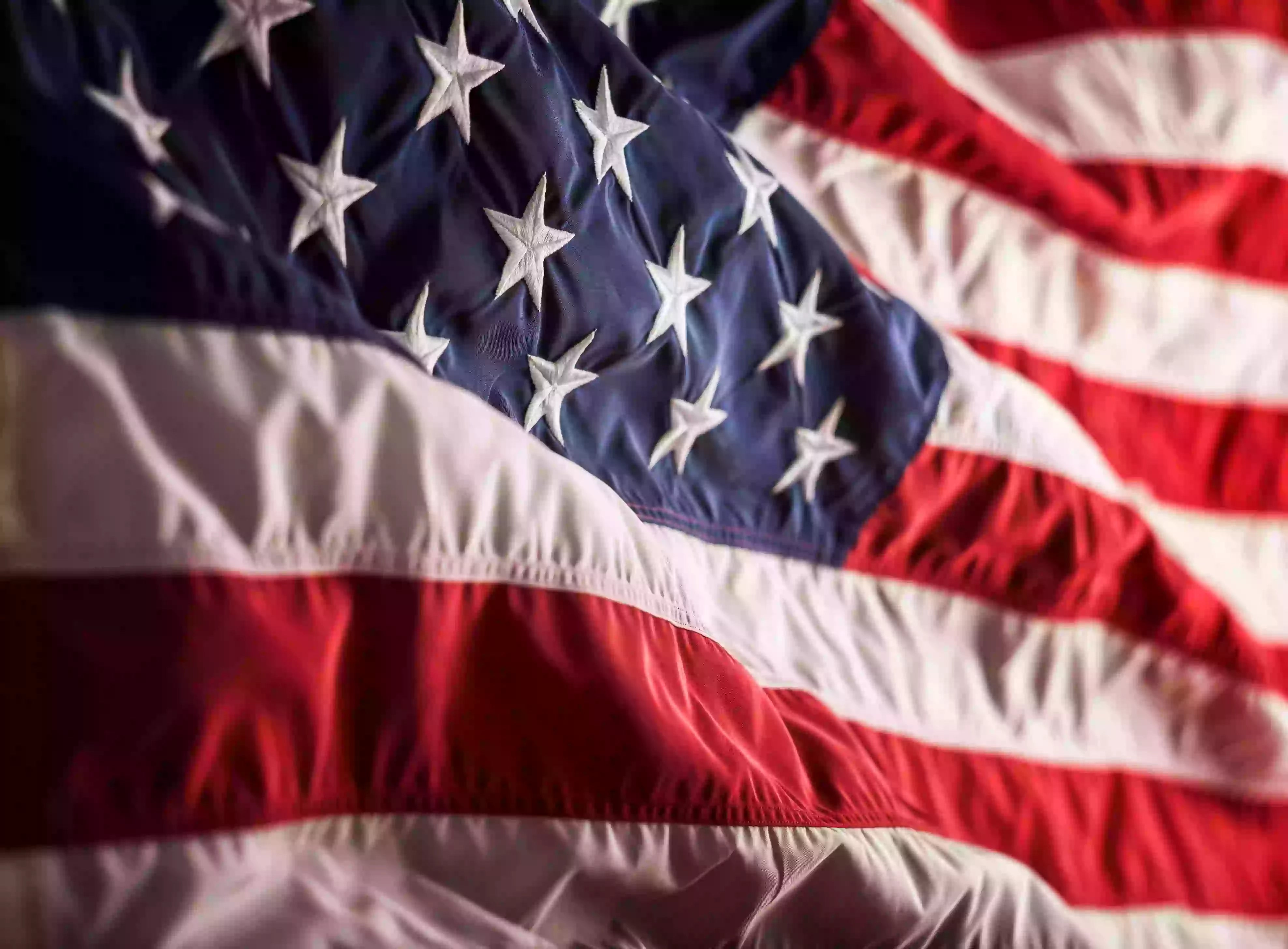Planning an event with international representation can bring its own set of unique challenges, including the creation of flag displays. After all, flags carry deep cultural significance for people, representing their nations, identities, and traditions. Displaying multiple flags at your event requires thoughtful organization and respect. Read on to learn several tips for designing systems for international displays. Knowing this information will ensure your event’s flag display makes a strong impression and leaves no room for misunderstandings.
Display Flags of Equal Size
Maintaining uniformity is essential when creating an international flag display. One way to do that is to ensure all the flags that you use are of equal size. If you were to use flags of different sizes, it would create an uneven appearance and unintentionally signal an imbalance.
Some attendees may perceive size variations as favoritism toward certain nations, which could lead to misunderstandings and uncomfortable moments. However, using flags of identical dimensions eliminates this risk and achieves a sense of order and symmetry in your display. Maintaining uniformity will ensure that no nation’s flag looks diminished when displayed alongside another.
Position the Home Country's Flag First
Another important tip for designing systems for international displays is to place the home country’s flag first. This also shows a sign of respect and sets the stage for proper protocol. It honors the host nation while allowing guests to feel welcome in a manner that is respectful of local customs.
For example, when holding an event with international guests in the United States, you should place the American flag first and then follow it with the flags of the other nations attending. This would mean that the Stars and Stripes would appear on the left side for those looking at the display. All other flags should follow—in alphabetical order according to their nation’s names—on the US flag’s right side.
The Flag Staff Heights Must Be Equal
Uniformity in your international flag display doesn’t just apply to flag sizes. When picking out the flag staffs for your display, it is important to ensure that they are all of equal height so that no nation’s flag towers over another.
Once again, this will allow you to experience visual symmetry in your display and avoid misunderstandings that could occur if it appears you were showing preference for a certain nation’s flag. Matching pole height across the display reflects professionalism and fairness.
For example, when displaying the US flag next to the Canadian flag, ensure they are on the same level and on flagpoles of equal height. This will also put you in accordance with the US flag code, which requires that flags be equal during peacetime.
The quality of the flagpoles that you use in your display can also have an impact on attendees’ perceptions. Ensure that none of the flagpoles are of lesser condition than the others; this will create a sense of equality throughout your display. Instead, all attendees will feel that you are showing their home nation the necessary respect.
Research the Various Customs for Flag Displays
Just as the United States has the US flag codes, other countries have norms related to their flags that may vary from region to region. For example, some countries prohibit the vertical hanging of their flags. Others may take offense if you accidentally hang their flag in an inverted way.
Learning these customs shows respect for the represented nations. Consulting government resources, embassy websites, or local experts ensures that your display will avoid any unintentional disrespect.
Countries also differ in approaches to flag alterations, such as fabric draping for memorials. Your guests may consider these revisions unacceptable in their native lands.
Even seemingly minor details—such as correct draping quality—carry symbolic weight in certain cultures. Use resources related to vexillology—the study of flags—to guide your decision-making throughout the planning stages.
Handle Each Flag With Care
The physical handling of flags holds deep meaning and requires respect throughout every stage of your event. Mistreatment can cause reputational damage and unintentionally upset guests. For example, dragging flags on the ground while transporting them or storing them improperly will convey disrespect to your event’s attendees.
When assigning trained volunteers or staff members to handle the flags, ensure they are aware of the banners’ cultural significance. Consider using clean, covered storage areas when preparing them prior to display. Fold them correctly after the event ends, following official guidelines for specific countries where applicable.
Transportation during weather-sensitive events, such as outdoor parades, requires additional precautions. High winds or excess moisture may cause damage that your staff members should avoid at all costs. Protective covers can prevent wear and maintain a dignified appearance throughout the duration of the event.
Using care indicates respect for the symbolism embedded within national flags and affirms your event’s commitment to professionalism. It creates a positive experience for attendees, emphasizing the overall theme of harmony.
Provide the Proper Lighting for Your Flag Display
The way you light your international flag display should convey each flag’s importance while keeping each one visible and vibrant. Outdoor events that continue into the evening require considerable attention to this detail. Your lights should illuminate every flag without focusing too much on one over another to maintain neutrality in presentation.
Soft, diffused lighting avoids harsh shadows while highlighting intricate patterns and details on the fabric. Using warm-toned spotlights works well, enhancing the natural vibrancy of colors without overexposing them artificially. Position lights at angles where they emphasize flags gently without overwhelming the audience.
Ensure each light’s position complements the surrounding area. In addition, make sure you balance design aesthetics with function so that lights remain secure yet allow for easy adjustments.
For indoor venues, emphasize balanced overhead lighting. Focus on creating a soft yet professional environment that will highlight the unity between nations. You will be able to stage an event where all attendees feel respected and can look upon your flag display with pride.
By following these tips, you can design an international flag display that merges aesthetics, respect for traditions, and a commitment to cultural understanding. If you need to purchase an American flag for your upcoming multicultural event, Liberty Flagpoles can help. We offer many heavy-duty nylon flags that are made in the USA and come in various sizes.








